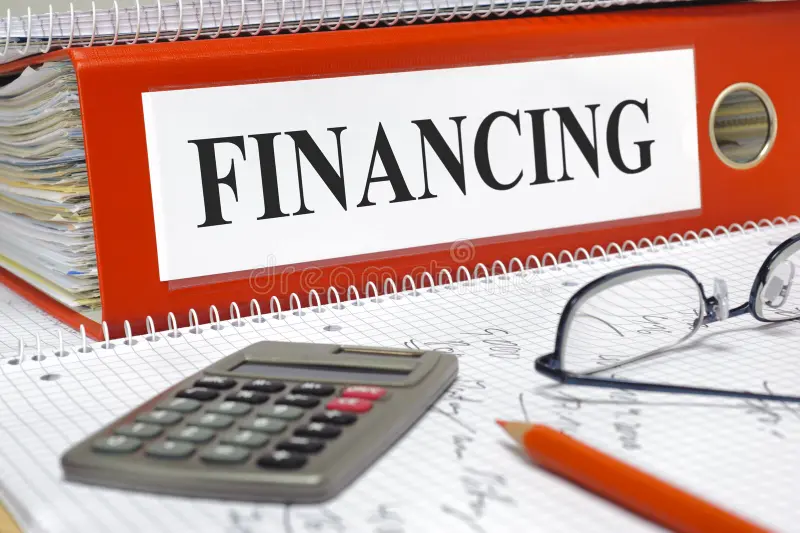Introduction: Understanding the Lease vs Finance Debate
When it to acquiring assets, whether it be a car equipment, or property, individuals and businesses often face a crucial decision – should they lease or finance? Both options present distinct advantages and disadvantages, making the lease versus finance debate a complex one. This article aims to provide a comprehensive analysis of the alternatives, weighing their pros and cons to help readers determine which option suits their financial situation and long-term goals.
Defining Lease and Finance
Before delving into the specifics, it is essential to understand the fundamental differences between leasing and financing. Leasing entails entering into an agreement with a lessor who maintains ownership of the asset, while the lessee pays regular installments for the utilization of that asset. On the other hand, financing involves obtaining a loan from a financial institution to purchase the asset outright. Ownership transfers to the borrower, and they repay the loan over a specified period, usually with interest.
Pros and Cons of Leasing
Leasing offers certain advantages, especially for those who prefer flexibility and avoiding long-term commitments. With leasing, there is typically a lower upfront cost, making it more accessible for individuals or businesses with limited capital. Additionally, leased assets are often subjected to minimal maintenance costs, as they are usually covered by warranties. However, a significant disadvantage of leasing is the absence of ownership. Lessees do not have equity in the asset and must return it at the end of the lease term.
Pros and Cons of Financing
Contrary to leasing, financing allows individuals or businesses to own the asset being acquired. This ownership provides several benefits, including the ability to customize and modify the asset according to specific requirements. Furthermore, financed assets can be utilized without any usage restrictions, unlike leases that often impose limitations. However, financing requires a higher upfront cost and may involve higher monthly payments due to interest charges.
Factors to Consider Before Making a Decision
Before choosing between leasing and financing, several crucial factors should be considered. These include the financial stability of the entity, the intended duration of asset utilization, and the long-term goals or exit strategy of the business. It is vital to assess these factors thoroughly to make an informed decision that aligns with the entity’s overall financial strategy.
Comparing Costs: Lease vs Finance
Cost plays a significant role in deciding whether to lease or finance. While leases generally have lower upfront costs, financing can provide long-term savings as one eventually achieves ownership. Analyzing the total costs, including interest rates and maintenance expenses, is crucial for making an accurate comparison that suits one’s budget and financial capabilities.
Flexibility and Ownership
Flexibility also comes into play when choosing between leasing and financing. Leases offer the advantage of flexibility, allowing entities to upgrade their assets easily. However, this flexibility might be limited by contract terms or mileage restrictions. Financing provides greater freedom since ownership allows for modifications, selling, or utilizing the asset as collateral for obtaining additional funding.
| Cost Element | Leasing | Financing |
|---|---|---|
| Upfront Cost | $1,500 (down payment/security deposit) | $5,000 (down payment) |
| Monthly Payments | $350 per month (for 36 months) | $400 per month (for 60 months) |
| Interest Rate | N/A (fixed cost) | 5% annual interest rate |
| Term Length | 36 months | 60 months |
| Total Payments | $1,500 (upfront) + ($350 x 36) = $13,500 | $5,000 (upfront) + ($400 x 60) = $29,000 |
| Residual Value | Asset returned at end of term | Ownership of asset at end of term |
| Maintenance Costs | Often covered by warranty | Typically paid by owner |
| Total Cost of Ownership | $13,500 (no ownership) | $29,000 (includes ownership) |
Considerations for Different Types of Assets
Different types of assets often require different financial considerations. For instance, leasing a car might be ideal for those who prefer driving a new vehicle every few years without having to deal with potential depreciation issues. Conversely, financing may be more suitable for long-term assets with substantial residual value, such as property or machinery.
The Importance of Credit Score and Interest Rates
Both leasing and financing involve assessing the borrower’s creditworthiness and determining interest rates accordingly. A higher credit score generally results in better interest rates and borrowing terms. Individuals or businesses with strong credit scores often find it easier to secure favorable financing terms, presenting them with added benefits over leasing.
Residual Value and Depreciation
Another crucial aspect to consider is the concept of residual value and depreciation. In leasing, the lessor assumes the risk of asset depreciation, while in financing, the borrower bears this risk. Understanding the anticipated residual value and depreciation rate of the asset helps determine which option minimizes potential losses.
Personal Preferences and Long-Term Goals
Individual preferences and long-term goals also play a significant role in this decision-making process. Some individuals may prioritize ownership and value long-term investments, while others may prioritize flexibility and the ability to upgrade assets regularly. Recognizing personal preferences and aligning them with specific long-term goals is crucial in choosing between leasing and financing.
Conclusion: Making an Informed Decision on Lease vs Finance
Lease vs finance: which is the better option for financing? There is no definitive answer, as the decision ultimately depends on one’s financial circumstances, preferences, and long-term goals. By understanding the pros and cons of both options, considering relevant factors, evaluating costs, and assessing personal preferences, individuals and businesses can make an informed decision that best suits their unique needs. Whether it be lease or finance, careful consideration should be given to ensure financial stability and success in the long run.


